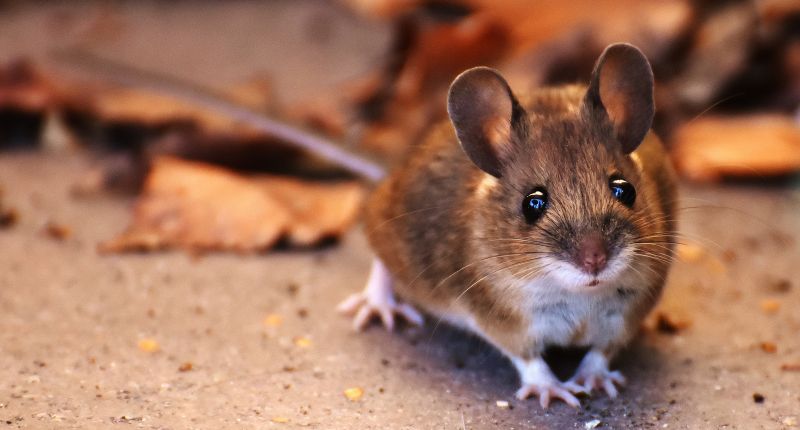- Costs can start at $150 for professional pest control
- Major infestations and some control measures can cost over $3K
- Some animals may be protected species
Pest control pricing varies, depending on several factors. Some of the major influencers of how much pest control costs include:
- Size of property,
- Type of pest, and
- Location of the property.
In this guide, we explore the $1.1 billion industry, according to IBISWorld in 2020, and delve into the various factors that affect the cost of pest control, what pests you may encounter, how pest control may be priced, what chemicals are used, and more.
What pests might I encounter?
Of course, no one wants to see pests in their home, but some of the most commonly seen in Australian households include cockroaches, spiders, and ants. While some are harmless to humans, others can of course inflict a painful sting, and others, like the red-back spider, can be fatal. Among other household pests that can cause harm to us are bed bugs and wasps.
Termites are also a major problem, having the potential to cause damage to wooden framed homes, trees, and more.
Other pests include rodents, such as mice and rats, and silverfish – which have the potential to damage your clothing, books, and more.
How much is pest control?
Looking at average costs alone, the price of pest control can vary between $150 to $450. The overall average typically sits around $250, before factoring in variations such as preferred chemical, type of treatment, and so on.
Pest control costs can be as simple and inexpensive as heading down to your local supermarket or hardware store and doing it yourself (DIY).
However, calling in a professional will typically see prices start at around $150 for most services. The costs rise considerably for pests such as termites, with various chemicals on the market also impacting the cost of termite treatment.
| Type of pest control | From | To |
| General pest control | $150 | $350 |
| Termites | $500 | >$3,000 |
| Rodents (mice, rats) | $150 | $500 |
| Bed bugs | $400 | $1,500 |
| Fleas | $150 | $350 |
| Cockroaches | $150 | $500 |
| Spiders | $150 | $350 |
| Ants | $150 | $350 |
How does pest control manage infestations?
Treatments are typically either chemical treatments or physical interventions.
Physical can mean methods such as traps, heat treatments, cold treatments, and physical barriers. Temperature treatments will typically see building or room temperatures modified such that it becomes a deterrent or lethal to certain pests, with heat typically used for bed bugs and termites, while cold treatments treat pests such as fleas. Physical barriers include features such as mesh screens and seals.
When treating chemicals, this may include pesticides, insecticides, poison and baits, fumigation, and other treatments.
A combined approach may also be used, sometimes referred to as integrated pest management.
| Chemical Types/Names | Pests Treated | How it works |
|---|---|---|
| Pyrethroids | Fleas, flies, mosquitoes, fleas, silverfish, ants, cockroaches, and other insects | Synthetic versions of a natural insecticide found in chrysanthemums |
| Organophosphates | Ants, mosquitoes, and termites | Affect the nervous system of pests |
| Neonicotinoids | Fleas, ticks, cockroaches and other pests | Affect the nervous system of pests |
| Fipronil | Ants, cockroaches, and termites | Broad-spectrum insecticide |
| Boric acid | Ants, cockroaches, and termites | Naturally occurring mineral |
| IGRs (Insect Growth Regulators) | Fleas and other pests | Interfere with the growth and development of insects |
| Botanicals | Repel or kill pests | Natural plant extracts such as pyrethrum, citronella, and eucalyptus |
| Desiccants | Bed bugs | Chemicals that dry out and dehydrate pests |
| Baits | Rodents and ants | Chemicals mixed with an attractant to lure pests |
| Repellents | Moths, rodents, and other pests | Chemicals that repel pests by making an area unattractive to them, such as mothballs and rodent repellents |
Protected species
Some animals you may think are pests could be protected species.
One of the most common examples include magpies, known for their protective ‘swooping’ behaviour during spring.
Other protected species may include possums, bats, snakes, and some types of native bees. In order to deal with these, or other protected species, you may need to seek special permits or permissions.
You are encouraged to seek qualified, professional advice regarding any of the above.
~~
Disclaimer: This article seeks to provide general information and should at no time be considered advice to the reader. The reader should always verify their situation with the relevant certified professionals before taking any further steps. See our Terms of Use.










